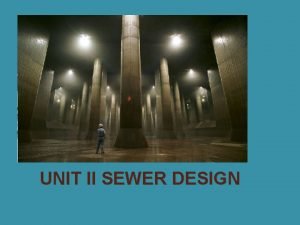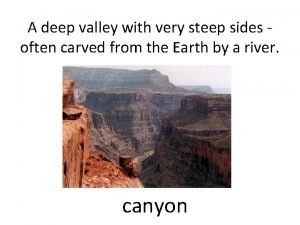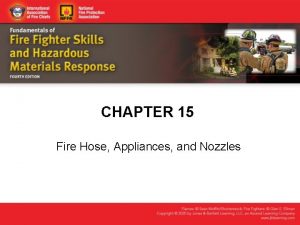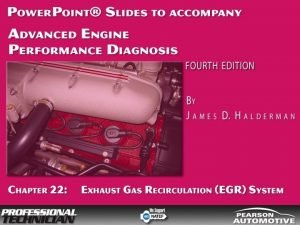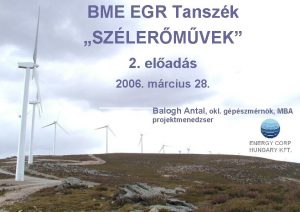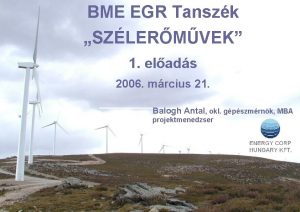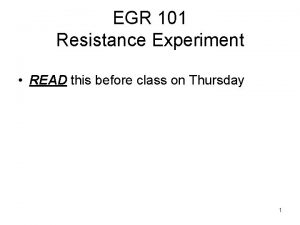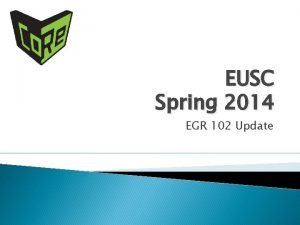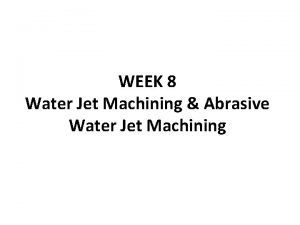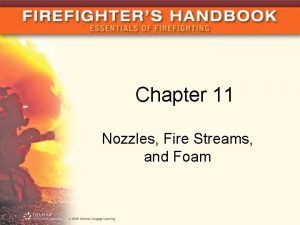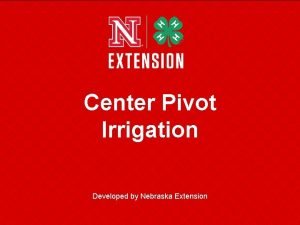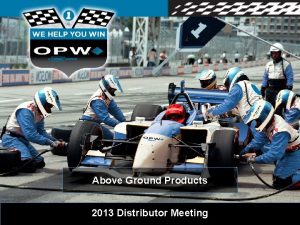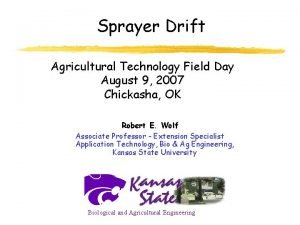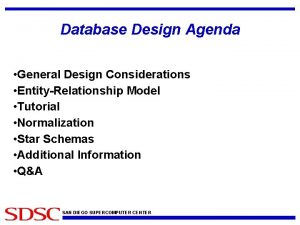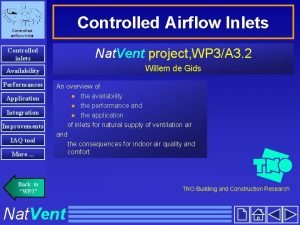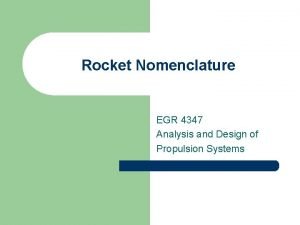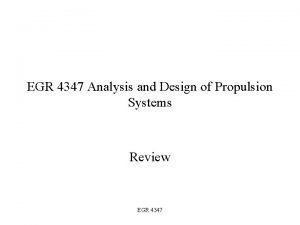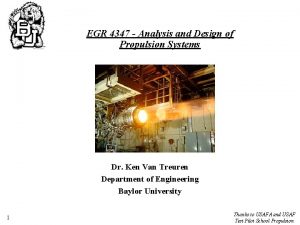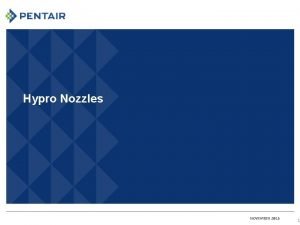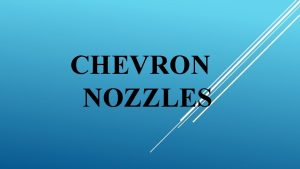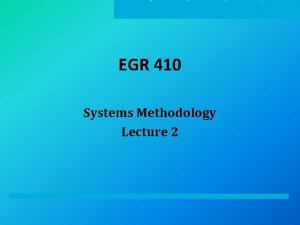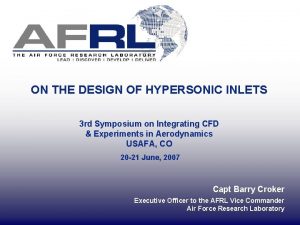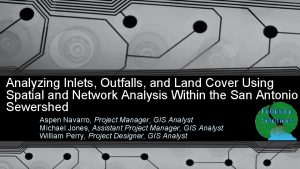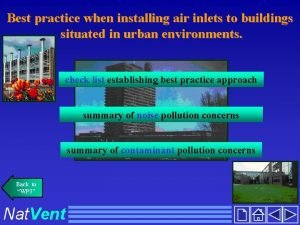Inlets and Nozzles Design Considerations EGR 4347 Analysis
















- Slides: 16

Inlets and Nozzles: Design Considerations EGR 4347 Analysis and Design of Propulsion Systems

Subsonic Inlets: Major Design Variables/Choices • • Inlet total pressure ratio and drag at cruise Engine location on wing or fuselage Aircraft attitude envelope Inlet total pressure ratio and distortion envelope Engine out windmilling airflow and drag Integration of diffuser and fan flow path contour Integration of external nacelle contour with thrust reverser or accessories • Flow field interaction with nacelle, pylon or wing • Noise suppression requirements

Inlet Considerations n n n n Proximity to Ground - FOD Proximity to nose gear - FOD Proximity to Gun and Missile Bays - Smoke Boundary layer buildup / diverter / stealth Hide compressor face - stealth Engine running during combat turn - access Vortex ingestion - strake wakes

Subsonic Inlets

Subsonic Inlets

Subsonic Inlets: Total Pressure Ratio

Subsonic Inlets: Typical Airflow Requirements

Subsonic Inlets: Total Pressure Distortion

Subsonic Inlets: Drag

Subsonic Inlets: Diffusers

Subsonic Inlets: Boundary Layer Control

Inlet Integration • Keep ducts as short as possible – reduces volume, reduces viscous losses – limits on turning flow without separation • Keep offset ducts long enough to prevent separation • Use the wing and fuselage to shield the inlet, reduce distortion • Watch proximity to ground

Nozzle Design Considerations • Accelerate the flow to high velocity with minimum total pressure loss • Match exit and atmospheric pressures as closely as desired • Permit afterburner operation without affecting main engine operation – requires variable-area nozzle • Allow for cooling of walls if necessary • Mix core and bypass streams of turbofan if necessary • Allow for thrust reversing if desired • Suppress jet noise and infrared radiation (IR) if desired • Thrust vector control if desired

Nozzle Geometry

Gross Thrust Coefficient • Exhaust velocity vector angularity • Friction in the boundary layers • Loss of massflow – leakage in nozzle • Flow nonuniformities

Nozzle Integration • • Smooth boat tails (e. g. , F-18) Minimize interference between. . . – Nozzle and control surfaces – Nozzle and nozzle • • Pay attention to rotation geometry Evaluate trades – – 2 -D or round (axi) nozzles? integrated into trailing edge? shielded above? below? from the side? thrust vectoring? reversing?
 Advantages of egg shaped sewer
Advantages of egg shaped sewer Deep valley with high steep sides
Deep valley with high steep sides Chapter 15 fire hose appliances and nozzles
Chapter 15 fire hose appliances and nozzles Ethical issues in experimental design
Ethical issues in experimental design Two technicians are discussing clogged egr passages
Two technicians are discussing clogged egr passages Bme egr
Bme egr Bme egr
Bme egr Egr 101
Egr 101 Egr 102
Egr 102 Awjm
Awjm Fire piercing nozzle
Fire piercing nozzle Center pivot sprinkler nozzles
Center pivot sprinkler nozzles Opw nozzles distributors
Opw nozzles distributors Varitarget nozzles
Varitarget nozzles What are the general considerations in machine design?
What are the general considerations in machine design? Database design considerations
Database design considerations Collaboration design considerations
Collaboration design considerations
